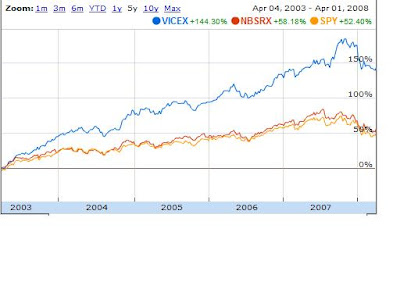As they say at NPR, when we do the numbers we find that, well, it depends on how you do the numbers. Analysis is in the eye of the beholder. Just ask any finance guy told to justify the corporate jet. I prefer, with a few twists, to do the cash in, cash out method so here goes.
The HUD asking price was $39,900. I got it for $27,000 after some long negotiations. Dealing with HUD is tricky so a realtor that specializes in this is important. HUD picks the realtor and the realtor cannot opine on a bid but they will do so in code. "They may have an issue with this" means too low. "Perhaps in the ballpark" means you got it. Anyway, as I said before, you make money when you buy the house, not when you sell it.
Here are the cash flows (Sorry about the numbers going all over the place, programming ignorance):
Money out
Purchase Price $27,000
Maintenance/Repair 3,400
Property Taxes 3 Years 3,600
Insurance 600
Freddy and Celia Closing Costs 3,500
Foreclosure Legal Fees 750
Back Taxes and Penalties 3,000
Patricia Sale Closing Costs 500
Total Out 42,350
Money In
Rent $16,275
Freddy/Celia Mortgage Payments 7,920
Patricia Sale Proceeds 49,000
Total In 73,195
ROI = Cash In minus Cash Out divided by Cash Out=$73,195-$42,350=$30,845 divided by $42,350=72.8%. Not too shabby, at first glance. I held the property for 4.5 years so the annual return is 72.8% divided by 4.5 years equals 16.2%.
At this point, any analyst out there worth anything should be shouting "Wrong, wrong." And they would be right. You can't divide 72.8% by 4.5 years because it ignores the time value of money and a few other things but that's my story and I'm sticking to it.
There is a more glaring error. There is no expense in there for me but let's not quibble.
Let's do look at what is in there--The cost to renovate the house was only $3,400 because I did most of the work myself. It was a controllable variable. Uncontrollable variables are property taxes and penalties ($7,600), insurance ($600), closing costs ($4,000) and legal fees ($750). Actually, closing costs can be reduced significantly by avoiding real estate agents as I did with Patricia but it ain't a done deal yet so an agent still may be necessary.
What ate up a large amount of cash was FEES and you cannot avoid them but most people forget about them. If you invest in real estate, don't forget them.
BUT we still haven't come up with the most GLARING error in the analysis. The Donald and Co. would say "Don't do it this way. Use OTHER PEOPLE'S MONEY." Let's try that. You put 20% down and borrow the rest for repairs and everything else at 10%. So that is $5,400 for the downpayment and $15,350 for everything else and 4.5 years of interest payments=$31,899 plus the interest not paid you for the downpayment but let's not split hairs. Income of $73,195 minus expenses of $31,899 generates a return of $41,296 divided by $31,899 for a return of 129%, or an annual return of 29% doing it my way.
Not bad. In fact, great. The Donald is vindicated except for the fact that OPM is based on the assumption the OP are either idiots or charities because...
Who is going to lend you this money? Not HUD. Oh, there may be a government program out there that will lend you the money but I don't know about it and I wouldn't qualify. Maybe you would but I doubt it. Will a bank lend it? Lend $31,899 for a property worth currently, maybe $27,000? Remember OPM assumes you can borrow just about everything. I don't think so. Maybe Mom and Dad will lend it. Give it a try. Or private individuals may lend it but they will charge a lot more interest and take a lot more of the profits.
Please feel free to take a whack at the analysis or come up with a better one. I'm going to send this to a friend that is much better at finance than me so we will see what he has to say. For now my head is spinning and I probably made some major mistake BUT no matter how you do it you will come up with the same conclusion--yes, you can make money in real estate but it isn't as easy or painless as the guys on TV would have you believe.

 Next, check out the 5 year view, as the Vice Fund completely trounces both benchmarks at 144% for Vice vs. less than 60% for the benchmarks:
Next, check out the 5 year view, as the Vice Fund completely trounces both benchmarks at 144% for Vice vs. less than 60% for the benchmarks: